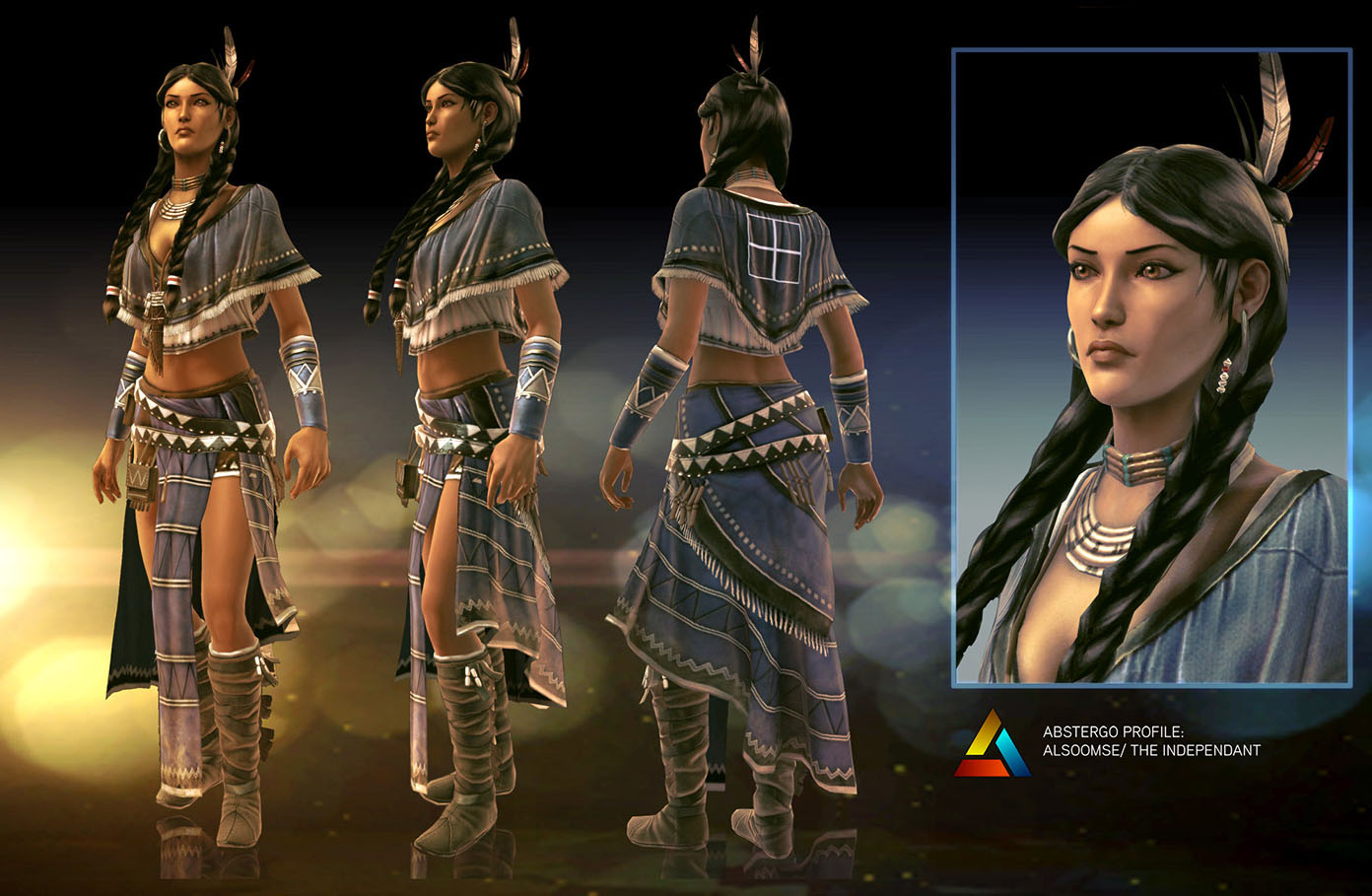

When the Renaissance was announced as the setting for Assassin's Creed II, a lot of people wondered how that would work in a game, and the same happened when we announced the setting for Assassin's Creed III. Half the fun of an Assassin's Creed game is being a tourist through different historical periods, so we're always looking for periods and places that are fresh for gamers. We need to set the scene: what was it about the American Revolution that enticed you to use it as a backdrop for Assassin's Creed III, given that past games have already explored a myriad of culturally rich periods? What do you think characterises this period of history?

GameSpot called upon Assassin's Creed III creative director Alexander Hutchinson to find out. Named Ratonhnhaké:ton but going by Connor, the hero of the game will inject himself into the ongoing struggle between the Templars and the Assassins.īut just how hard did Ubisoft have to work to faithfully recreate this period in time? How important is Native American culture to the game, and what did the development team do to ensure historical accuracy?

Set during the American Revolution, Assassin's Creed III features a new protagonist with a mixed Native American-English heritage.


 0 kommentar(er)
0 kommentar(er)
